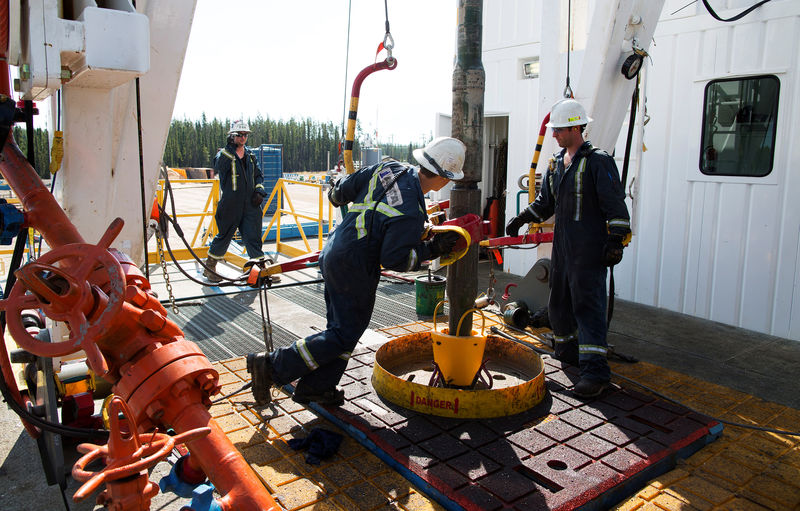Investing.com — Oil prices stabilized Thursday as signs of tightening U.S. supplies helped to balance fresh concerns over a slowing U.S. economy, the largest consumer of crude in the world.
By 09:40 ET (13:40 GMT), futures traded 0.2% higher at $74.45 a barrel, while the contract rose 0.1% to $77.83 a barrel.
U.S. crude stocks fell by 5.1 million barrels last week, data from the showed Wednesday, following a 4.6M barrel draw in the prior week and below the expected 1.5M barrel decrease.
Adding to the positive news Thursday were comments from Russian Deputy Prime Alexander Novak, who used to be the country’s minister for energy and described oil markets as balanced.
He added there was no need for the OPEC+ group of leading oil producers to introduce further oil output cuts, but crucially added the cartel is always able to adjust its policy.
The Organisation of Petroleum Exporting Countries and allies including Russia, known as OPEC+, announced a surprise production cut earlier this month.
That said, both crude benchmarks dropped almost 4% on Wednesday, trading close to a one-month low and below the $80 a barrel level widely seen as OPEC+’s target price.
This weakness was down to jitters about a U.S. economic downturn, which would likely result in a slip in demand for crude in the largest energy consumer in the world.
These worries were added to Thursday after data showed that U.S. increased at an annual rate of 1.1% in the first quarter of 2023, a sharp slowdown from growth of 2.6% in the final three months of 2022.
Economists had predicted that the reading would come in at 2.0%, and this adds to numerous signs that the Federal Reserve’s aggressive interest rate increases over the past year to cool red-hot inflation have come at a cost to growth.
“The price action we have seen in the last two weeks would suggest that OPEC+ made the right decision to announce further supply cuts,” said analysts at ING, in a note. “However, our balance sees significant tightening over the second half of the year, which should still mean that the market moves higher.”
The , the and, in particular, the are all expected to raise interest rates in the coming days, stunting economic growth further, potentially leading to a global recession later in the year.
Read the full article here


